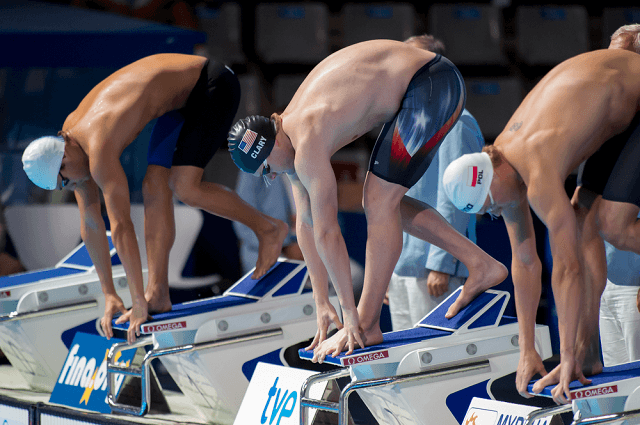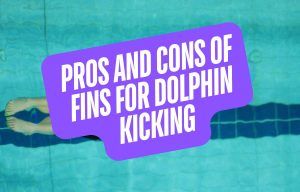In 2009 a study was released by researchers who for a five year span tracked the injuries of swimmers on the University of Iowa – a Division 1 team – on their varsity team. The results were a little surprising for a couple reasons.
Firstly, freshmen swimmers were twice as likely to be injured, and were injured more frequently than upper classmen. The injury rates dropped in subsequent years as swimmers ostensibly adjusted to the rigors of the program.
And secondly, the researchers found that a walloping 40% of injuries incurred by athletes were as a result of doing dryland and using the weight room. This is significant because the amount of time done in the pool far outweighs the time invested in the weight room, and yet the latter accounts for close to half the injuries.
I suppose this statistic isn’t terribly surprising – thinking back on my own career I remember very vividly injuring my shoulders and neck on numerous occasions lifting weights – given the lack of experience many swimmers have in the weight room when they are first thrown in there and somewhat expected to fend for themselves (at least that was the case for several of the programs that I swam for back in the day).
1. Bad technique.
#1, 2 and 3. This is probably the biggest cause of dryland-related injury – poor form and technique. Which is odd when you think about it. As water-based athletes we are drilled for years on end about the importance of having excellent technique.
Take this same outlook and extend it to your lifting. Without proper technique you are putting a lot of muscles and joints under horrific strain and pressure, while recruiting muscles that ought not be working and forcing them to make up for shoddy form.
2. Not warming up.
Yes, warming up is boring, and it isn’t as exciting as benching a new personal best. When you are in the pool you always do a warm-up, or at the very least some dynamic stretching (arm swings, etc) prior to jumping in and submitting a full effort.
If you think of your muscles like rubber bands, and the fact that we are sitting or otherwise sedentary for a majority of the day, and then we jump into the gym and lift as much as we possibly can without loosening up those bands, those poor unloosened, cold, muscles will buckle and snap. It’s boring. Gotcha. But what is worse, doing a 5-10 minute dynamic warm up, or missing 4 weeks of training thanks to a muscle tear?
3. Over extending yourself too soon.
It’s important to test yourself, and to push the outer limits of what you are capable of not only in the pool, but also during dryland and in the gym. But recognize your limits in the gym – especially if you haven’t lifted a lot, or at all, for that matter.
I understand the bravado that fills swimmers when they are around a bunch of weights. Chests puff out, people start peacocking, and inevitably someone lifts 15% more than they should have and hurt themselves.
Related: 5 Best Strength Training Exercises for Competitive Swimmers
4. Limit your dryland to just picking up weights and putting them down.
You should be incorporating pre-hab and rehab into your dryland activities. Swimmers are notorious for shoulder injuries – so commonplace are they that it is simply referred to as “swimmer’s shoulder” – so stay ahead of the curve and strengthen your rotator cuffs with a rubber band. Internal rotation and external rotation with a stretch cord — with your elbow planted firmly into your side – are a good start to keep the rotator cuff strong.
5. Not stretching it out after your lifting.
We’ve all seen that guy walking down the street – two invisible suitcases in his hands, elbows flared out, suffering from a bad case of ILS (imaginary lat syndrome). On top of his ILS, this poor dude probably also has extremely limited mobility in his shoulders, back, and forehead.
As swimmers we need our flexibility; without it we take shorter strokes, our high elbow catch fails us, and our range of motion plummets. Combat the contracting effects of weight lifting by dedicating some time to stretching after each of your weight lifting sessions.
At the end of the day remember that dryland and weight lifting are tools to help you become a better swimmer. Be smart and focused in the weight room, save yourself the injuries, and not only will you get stronger on land, but you will get faster in the water. Of course you do!














